Introduction

Steaming white pork, or “zheng bai rou” in Chinese cuisine, is a timeless dish that embodies the essence of simplicity and purity in flavor. This traditional cooking method preserves the natural juices and tenderness of the meat, resulting in a moist, flavorful, and melt-in-your-mouth experience. While the concept may seem straightforward, achieving the perfect balance of texture and taste requires attention to detail and a mastery of basic culinary techniques. In this comprehensive guide, we will delve into every aspect of preparing steamed white pork, from selecting the right cut of meat to mastering the steaming process and creating harmonious side dishes. By the end, you’ll be equipped to serve a dish that is not only visually appealing but also a testament to the art of Chinese steaming.
Chapter 1: Selecting the Perfect Pork Cut
The first step in preparing steamed white pork is choosing the right type of pork. The ideal cut should be lean yet tender, with a good balance of fat to ensure moisture and flavor. Here are some recommended options:
-
Pork Shoulder (Pork Butt): While often associated with barbecue, the pork shoulder can also yield excellent results when steamed. The fat marbling throughout the meat adds moisture and richness.
-
Pork Belly: Known for its layers of fat and lean meat, pork belly is perfect for steaming as it balances flavor and texture beautifully. The fat melts during cooking, basting the meat and keeping it moist.
-
Pork Loin: For a leaner option, pork loin is an excellent choice. It’s tender and has a nice, even texture that holds up well to steaming.
When selecting your pork, look for meat that is firm to the touch, has a fresh pink hue, and lacks any discoloration or off odors. Freshness is key to achieving the best results.
Chapter 2: Preparing the Pork for Steaming
Once you’ve chosen your pork cut, it’s time to prepare it for steaming. This involves seasoning, marinating (if desired), and shaping the meat for even cooking.
-
Trimming and Cleaning: Begin by trimming away any excess fat, silver skin, or sinew that could affect the final texture. Rinse the meat thoroughly under cold running water to remove any blood or impurities.
-
Seasoning: For steamed white pork, simplicity is key. A light seasoning of salt and pepper is often sufficient. However, you can also opt for a more complex marinade, such as a blend of soy sauce, rice vinegar, garlic, and ginger, for added depth of flavor. If using a marinade, let the meat sit for at least 30 minutes to an hour, refrigerated, to allow the flavors to penetrate.
-
Shaping: Depending on the cut, you may need to tie the meat with kitchen twine to ensure it holds its shape during steaming. This is particularly important for cuts like pork belly, which can curl up if not properly secured.
Chapter 3: The Art of Steaming
Steaming is a gentle cooking method that uses the heat from boiling water to cook food without direct contact with the water. It’s crucial to use a proper steaming setup to ensure even cooking and to prevent the meat from becoming waterlogged.
-
Equipment: A bamboo steamer is traditional and adds a subtle, aromatic flavor to the dish. However, metal steamers work well too. Ensure your steamer has multiple layers if you plan to cook multiple items simultaneously. A large pot with a fitted steaming rack can also serve as a makeshift steamer.
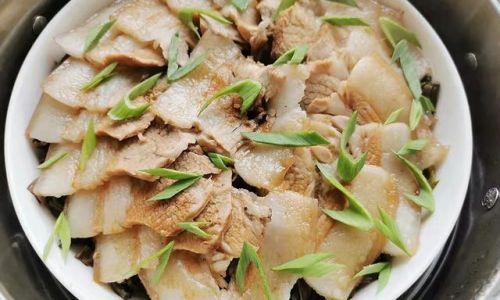
-
Water Level: Fill the pot with enough water to reach just below the bottom of the steamer basket. Bring the water to a rolling boil before adding the meat. This ensures that the steam is hot and ready to cook the pork from the moment it’s placed in the steamer.
-
Steaming Time: The steaming time will depend on the size and thickness of the pork cut. As a general guideline:
- Pork shoulder or belly: About 1.5 to 2 hours for a 2-3 pound piece.
- Pork loin: Around 45 minutes to 1 hour for a similar weight.
Use a meat thermometer to check for doneness. The internal temperature should reach 145°F (63°C) for medium-rare, or cook longer if you prefer a more well-done texture.
- Resting: Once the pork is cooked, remove it from the steamer and let it rest for about 10-15 minutes. This allows the juices to redistribute, ensuring a juicy, tender final texture.
Chapter 4: Creating Side Dishes and Sauces
Steamed white pork is often enjoyed with a variety of side dishes and dipping sauces that enhance its flavor profile. Here are some suggestions:
-
Side Dishes:
- Steamed Vegetables: Broccoli, carrots, green beans, or baby bok choy complement the pork beautifully.
- Pickled Vegetables: Add a tangy, refreshing contrast with pickled cucumbers, radishes, or daikon.
- Rice: Simple steamed jasmine or white rice is a classic accompaniment.
-
Dipping Sauces:
- Soy Sauce and Sesame Oil: A basic mix of soy sauce, a drizzle of sesame oil, and a pinch of sugar.
- Ginger-Scallion Sauce: Finely chopped ginger, scallions, and garlic mixed with soy sauce, rice vinegar, and a touch of sesame oil.
- Hoisin Sauce: A sweet and savory condiment that pairs well with the pork’s natural flavors.
Chapter 5: Serving and Presentation
Serving steamed white pork is as much about aesthetics as it is about taste. Here are some tips for presenting your dish:
-
Slicing: Use a sharp knife to slice the pork thinly. This not only makes it easier to eat but also ensures each bite is evenly seasoned and tender.
-
Garnishing: Add a sprinkle of chopped scallions, cilantro, or sesame seeds for a pop of color and added flavor.
-
Arrangement: Plate the sliced pork attractively, perhaps fanning it out on a bed of steamed vegetables or rice. Arrange side dishes around the pork to create a visually appealing presentation.
Conclusion
Steaming white pork is a culinary art that combines simplicity with sophistication. By following the steps outlined in this guide, from selecting the perfect pork cut to mastering the steaming process and creating harmonious side dishes, you can achieve a dish that is both a delight to the senses and a testament to the beauty of traditional Chinese cooking. Remember, the key to success is patience, attention to detail, and a respect for the ingredients. With practice, you’ll soon be serving steamed white pork that is the envy of your dinner guests and a source of pride in your kitchen. Enjoy the journey of discovery and the satisfaction of creating something truly special.
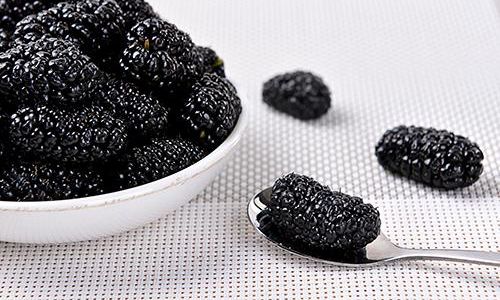
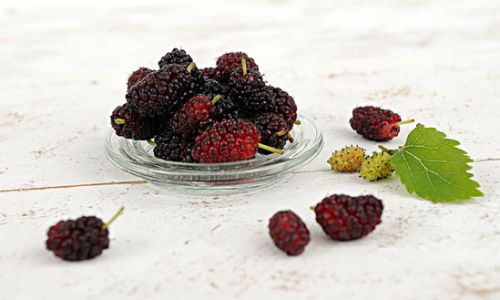
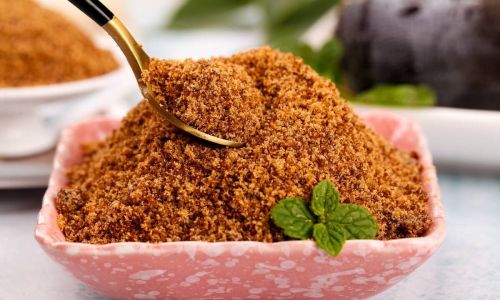
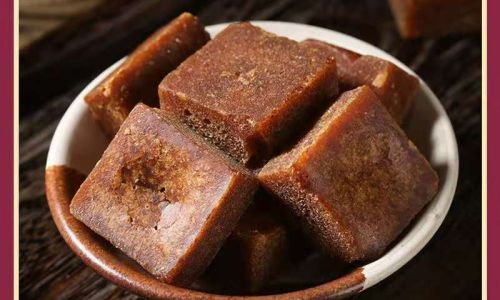

0 comments